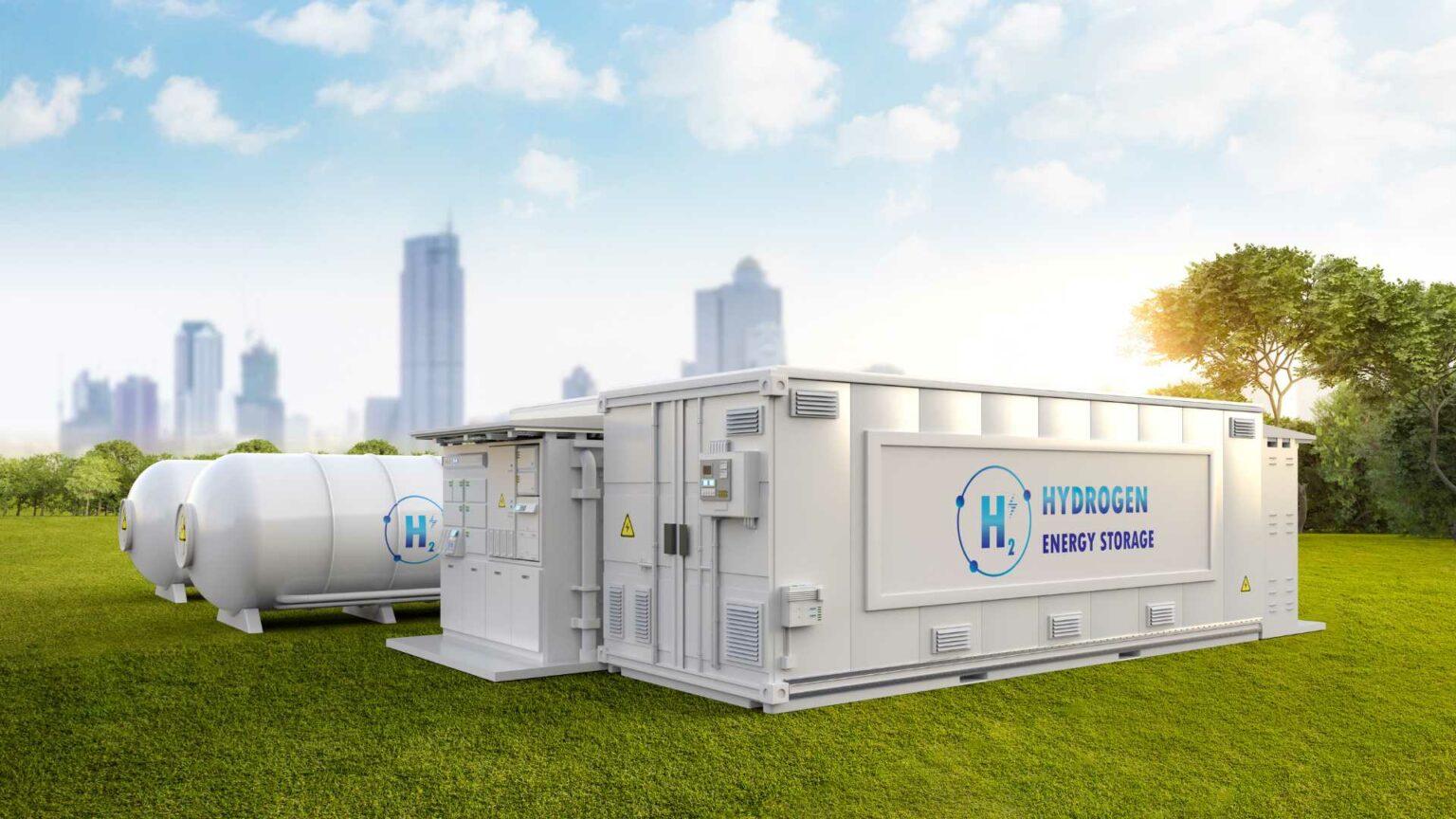A recent study highlights promising advancements in solid oxide fuel cells (SOFCs). Researchers Lirong Fu, Honghao Liu, Jinyi Liu, Zenan Hua, and Huadong Lin have investigated the effect of a connected cable-type channel structure and flow field arrangement on SOFC performance.
Main Findings
The study reveals that integrating a connected cable-type channel structure within SOFCs and optimized flow field arrangements can substantially enhance the cells’ performance. Specifically, the researchers found that this design modification leads to improved fuel utilization and more effective heat distribution across the cell.
Technical Details and Methodologies
The researchers employed advanced computational models and experimental setups to assess the performance of SOFCs under various flow field configurations. Key metrics evaluated included the uniformity of gas distribution, temperature profiles, and overall electrical output. The study highlights that the connected cable-type channels facilitate more uniform gas flow, reducing hotspots and enhancing the efficiency of the electrochemical reactions within the cell.
Potential Applications
The findings of this research have practical implications for the design of next-generation SOFCs. By adopting the connected cable-type channel structure, manufacturers can potentially produce more efficient and durable fuel cells. This could lead to more cost-effective and reliable hydrogen fuel cell systems for various applications, including stationary power generation and transportation.
Broader Implications
The research could pave the way for further innovations in the design of hydrogen energy systems. By demonstrating the benefits of novel flow field arrangements, this study encourages additional exploration into optimizing other components of SOFCs and related technologies. The broader hydrogen industry could benefit from these insights, driving more widespread and effective use of hydrogen as a clean energy source.
Key Takeaways
– Integrating connected cable-type channel structures in SOFCs improves performance by enhancing fuel utilization and heat distribution.
– Advanced computational models and experimental setups were employed to validate the benefits of this design.
– The research has significant practical applications, potentially leading to more efficient and durable SOFCs.
– Improved SOFC designs could boost the competitiveness of hydrogen energy in the market, supporting broader efforts to reduce carbon emissions.
– The findings encourage further innovation and optimization in hydrogen energy technologies.
